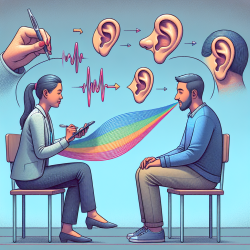Understanding the Shocking Trends in Antipsychotic Drug Use Among Youth
In recent years, there has been a significant shift in the prescription patterns of antipsychotic drugs (AP) among children and adolescents. A study titled A multi-national comparison of antipsychotic drug use in children and adolescents, 2005–2012 reveals intriguing trends that practitioners need to consider for improving treatment outcomes.
Key Findings from the Study
The study analyzed data from five Western countries: Denmark, Germany, the Netherlands, the United Kingdom (UK), and the United States (US), covering the period from 2005/2006 to 2012. The findings are as follows:
- There was an increase in AP use among youth in Denmark, Germany, the Netherlands, and the UK, while a decrease was observed in the US.
- Second-generation antipsychotics (SGA) were favored over first-generation antipsychotics (FGA) across all countries.
- The highest prevalence of AP use was observed in the Netherlands, while the lowest was in the UK.
- AP use was more prevalent among older adolescents (15-19 years), except in the Netherlands where it peaked among 10-14 year-olds.
Implications for Practitioners
These findings underscore the need for practitioners to be vigilant about the prescription of antipsychotic medications, especially given the off-label use and the lack of long-term safety data. Here are some steps practitioners can take:
- Review Current Guidelines: Ensure that the use of APs is in line with the latest clinical guidelines and evidence-based practices.
- Monitor Side Effects: Implement rigorous monitoring for potential side effects, particularly metabolic and endocrinological risks associated with SGAs.
- Consider Non-Pharmacological Interventions: Explore behavioral and psychological interventions as first-line treatments, especially for conditions like ADHD and conduct disorders.
- Engage in Continuous Education: Stay informed about the latest research and trends in pediatric psychopharmacology to make data-driven decisions.
Encouraging Further Research
The study highlights the need for further research to understand the drivers behind these trends and the long-term implications of AP use in youth. Practitioners are encouraged to participate in or support research initiatives that aim to fill these knowledge gaps.
To read the original research paper, please follow this link: A multi-national comparison of antipsychotic drug use in children and adolescents, 2005–2012.










